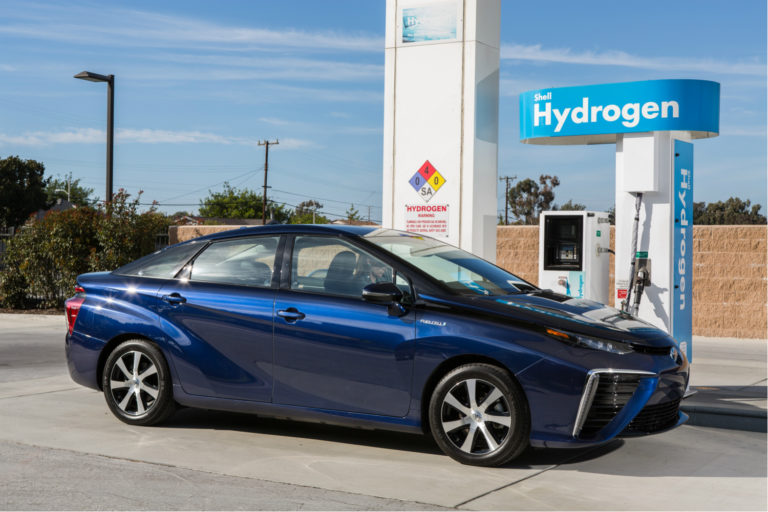
Hydrogen is being aggressively explored in various parts of the world as a potential green fuel for powering automobiles. It is energy-rich, carbon-free and if properly exploited, may offer unlimited supply potential. Nevertheless, there are a few technological hurdles that need to be surpassed before we can reap the benefits of hydrogen as a vehicle fuel.
Probably the toughest challenge in the way of a viable hydrogen-powered vehicle is fuel storage, both onboard and at the fuelling stations. The technologies currently available are expensive, hazardous and impractical to varying extents. There are various techniques employed for storing hydrogen for automobile applications.
Metal Hydride Tanks
This method uses a combination of metal alloys that have a unique ability to store hydrogen and release it subsequently either at room temperature or upon heating. These metal alloys can absorb hydrogen like sponges and storage capacity varies with different metal hydrides. Leading examples are lithium hydride and sodium borohydride.
The main advantage of this technique is that hydrides can deliver absorbed hydrogen at constant pressure safely. However, these alloys absorb additional impurities which reduce the overall storage capacity as well as the storage tank life.
Compressed Hydrogen Storage
Hydrogen can be stored as a compressed gas under extremely high pressure. The lower energy density of hydrogen results in storage tanks almost 3000 times bigger than gasoline tanks. Moreover, due to storage as a gas at high pressures, this storage method is unsafe as well as expensive.
The safety hazards associated with storage tanks demand periodic testing of these tanks at pressures up to 6000 pounds per square inch.
Liquid Hydrogen Storage
The boiling point of hydrogen is -253 degree Celsius. For liquefaction, hydrogen has to be cooled as well as compressed. This renders liquid storage extremely expensive due to extensive energy required for maintaining high pressure and low temperature.
Additionally, liquid storage demands the tanks and piping to be insulated in order to avoid boiling of liquid. Thus storage of hydrogen as a cryogenic liquid is an expensive technique.
Chemical Storage of Hydrogen
Hydrogen is not available in an independent form and is found locked in various compounds such as methane, ammonia, methanol and off course water. For utilizing it as a fuel, it has to be separated from its parent compounds. Various techniques such as water electrolysis, ammonia cracking and steam reforming of natural gas are used for producing hydrogen from different compounds.
Other Techniques
Researchers across the world are rehearsing new technologies for hydrogen storage. A recent development is hydrogen storage through carbon nanotubes. These are microscopic carbon tubes having the size of the order of a billionth of a meter. Hydrogen is stored in microscopic pores present in between these tubes.
Another concept being explored is storage of hydrogen in glass microspheres. The permeability of these tiny hollow glass spheres varies with temperature. As the microsphere is heated up, the permeability of its walls increases and consequently the ability to absorb hydrogen.
The heated microsphere is immersed in high-pressure storage of hydrogen and hydrogen enters into it through its walls. Upon cooling, its permeability reduces greatly and as a result, hydrogen is locked inside. Hydrogen can be released subsequently by heating the glass microsphere as desired. This method of storage, if gets efficient enough, is safe and contamination resistant.
For successful exploitation of hydrogen as a vehicular fuel, it is imperative that the efforts to develop cheap, sustainable, safe and efficient storage methods are expedited. The use of lighter composite materials for tanks construction and advanced storage methods need to be prototyped in the laboratory and then successfully launched on commercial grounds.